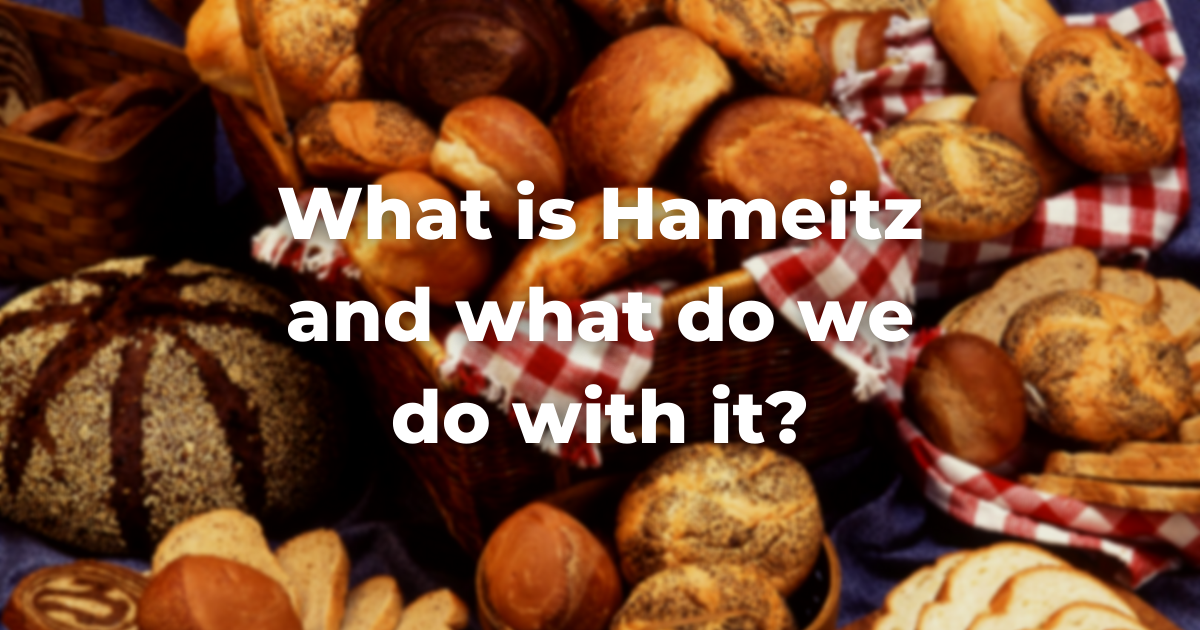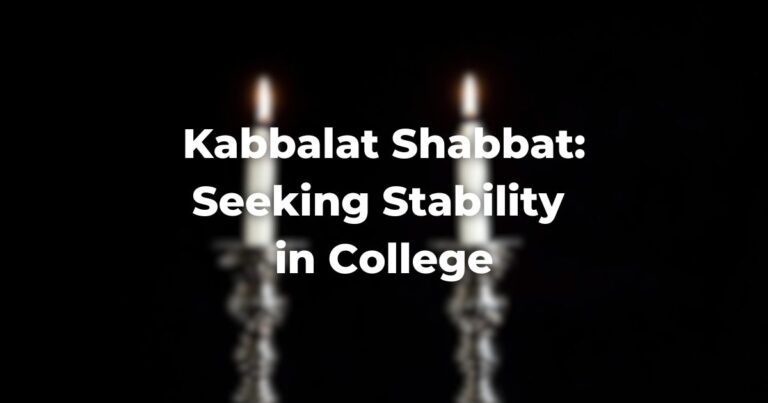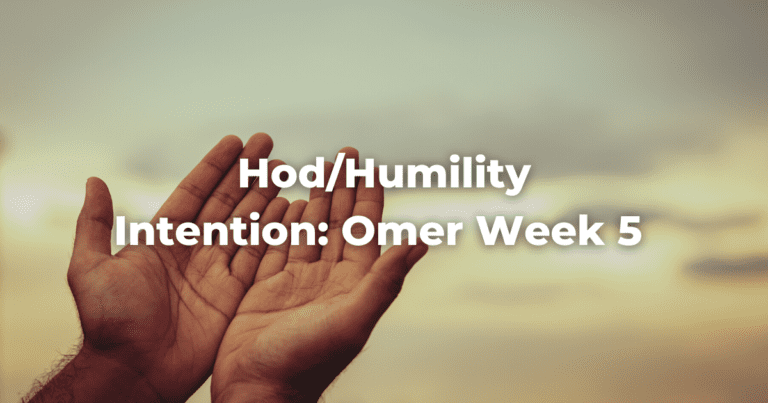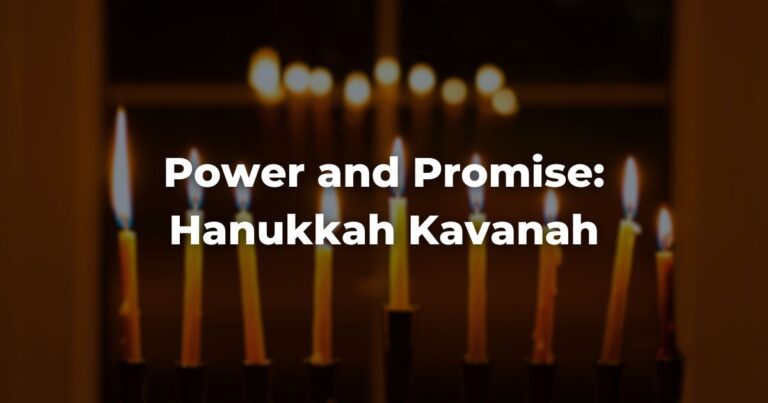There are few aspects of Jewish observance as complicated as preparing for Passover and hameitz.
The TorahRefers to the first five books of the Hebrew Bible, the Tanakh, also called the Five Books of Moses, Pentateuch or the Hebrew equivalent, Humash. This is also called the Written Torah. The term may also refer to teachings that expound on Jewish tradition. Read more, at Exodus 12:15–20, prohibits the eating of leavened food, popularly called hameitz (also written chametz, hametz, hameitz), during the entire festival. But the situation is even more stringent than that, for the halakhah (Loosely translated as Jewish law) forbids not only eating it, but even deriving any benefit from it or permitting the presence in our homes of any of it that belongs to us during the entire festival period. It is this last requirement that results in the kind of intense labor most of us associate with preparing for Passover.
The forbidden substance, hameitz, is defined as any food made of any of the five species of grain—wheat, barley, oats, spelt, and rye—that has been made wet with water, then left unbaked for more than eighteen minutes.
Baking halts the leavening process, so if water is added to any of the above grains but baked within the eighteen-minute period, it is deemed to be unleavened.
This is why matzah is called “unleavened bread,” as it is supervised to give assurance that no more than eighteen minutes ever elapse between the time the water is added and the time it finishes baking.
To the five original grains, Ashkenazic custom adds rice, corn, millet, and certain kinds of legumes, generally called kitniyyot (also spelled kitniyot, qitniyot), for reasons that are explained below.
The Hunt for Hameitz
Since the possession of any amount of hameitz at all is considered a violation of the law, great effort must be made to remove all food substances that contain hameitz from the home before Passover. After intense cleaning and the removal of all visible hameitz, a search—popularly called b’dikat hameitz (also spelled bedikat hameitz)—is undertaken the night before Passover after sundown. (This search takes place on Thursday evening when the first night of Passover falls on Saturday night.)
Since, by now, almost all hameitz should have been removed from the house, it is customary to leave a few crumbs of bread or cake (or any leavened substance) around the house so that something can be found and the search will not feel as though it were carried out in vain.
A candle is lit and used to search out the hameitz hidden in even the darkest recesses of the house. The blessing recited before the search can be found at the beginning of the Passover Haggadah. Then, after the search concludes, a special prayer is recited that declares any unlocated hameitz to be null and void, “as if it did not exist,” and affirms that a good-faith effort was made to find and remove all of it in one’s possession.
Click for a one-pager with instructions, blessings, and transliteration.
The text of this declaration too can be found in the front of any Passover Haggadah. One who is away from home on the night before Pesaḥ can perform the b’dikah earlier (Magein Avraham to SA Orach Chayyim 432:6; MishnahA collection of rabbinic teachings edited in Israel around 225 CE. Organized in six sedaraim by subject matter and dealing with both ritual and civil law. Both the Jerusalem and Babylonian Talmud are expansive discussions of the Mishnah. Read more B’rurah ad loc., note 10). Those who will be away for the entire holiday can sell their hameitz early and not be obligated for b’dikah (Mishnah B’rurah to SA Orach Chayyim 436:32).
The next morning we participate in a ceremonial burning of the small amount of hameitz that was found during the search the night before. This ceremonial burning is called bi’ur hameitz (“destruction of hameitz”). This can be done at home, but some communities sponsor communal bonfires where the public brings hameitz for burning. A declaration similar to the one made after the search for leaven the previous evening is recited following the burning of the hameitz.
Click here for an idea if you want to create a fun bi’ur hametz ritual at home.
The remaining crumbs of hameitz must be destroyed long before noon on the day before Passover. (Most synagogues announce the precise time by which it must be destroyed so as not to require individuals to calculate the precise time on their own.)
When do we stop eating hameitz?
The deadline for actually eating hameitz, however, is even earlier than that. Nor, however, may matzah be eaten on the eve of Passover until the seder meal itself (SA Orach Chayyim 471:2). And some suggest that one should not eat matzah from Rosh Ḥodesh Nisan on in order to increase one’s appetite for the mitzvah of matzah on the first night of Passover (Mishnah B’rurah to SA Orach Chayyim 471:2, note 11).
Selling hameitz
Finally, there is the custom of selling it.
The original intention of tradition was to completely rid one’s house of all traces of hameitz. As time went on and households grew in size, this became more difficult, more costly, and more wasteful. In turn, this led to the creation of a legal mechanism known as m’khirat hameitz (also spelled mechirat ḥametz), the selling of leavened foods.
The procedure is as follows:
All remaining hameitz is put out of sight for the entire length of the festival. It is then formally sold to a non-Jew. Even though it remains in the house, it is no longer deemed technically to be in one’s legal possession and thus, equally technically, not to contravene the requirement to rid one’s home of hameitz.
This hameitz may be purchased back after the conclusion of the holiday.
Most often, this sale is a service arranged by synagogues with the rabbi acting as the community’s agent. Through a formal procedure, interested parties give the rabbi the authority to sell their remaining hameitz, which is accomplished through a formal transaction with a non-Jew some time before the deadline for possessing ḥameitz in a Jewish home.
The sale involves certain requirements on the part of the purchaser, however, and, when the non-Jewish purchaser does not complete the requirements of the sale at the end of the holiday, the hameitz reverts back to its original owners. Some rabbis actually repurchase the hameitz formally to restore it to its original owners after the festival ends.
In any event, it is not sufficient merely to store away hameitz in a Jewish home over Passover and not sell it formally because of the concept of hameitz she-avar alav ha-Pesaḥ; hameitz after the holiday ends, that somehow remained in the possession of a Jew during Passover. Any such hameitz may not be eaten after Passover, as a kind of punishment for ignoring this stricture against owning hameitz during the festival. So it is important to either get rid of or sell hameitz before Passover.
Adapted with permission from The Observant Life.
Authors
-

-

The Observant Life: The Wisdom of Conservative Judaism for Contemporary Jews distills a century of thoughtful inquiry into the most profound of all Jewish questions: how to suffuse life with timeless values, how to remain loyal to the covenant that binds the Jewish people and the God of Israel, and how to embrace the law while retaining an abiding sense of fidelity to one’s own moral path in life.
Written in a multiplicity of voices inspired by a common vision, the authors of The Observant Life explain what it means in the ultimate sense to live a Jewish life, and to live it honestly, morally, and purposefully. The work is a comprehensive guide to life in the 21st Century. Chapters on Jewish rituals including prayer, holiday, life cycle events and Jewish ethics such as citizenship, slander, taxes, wills, the courts, the work place and so much more.
View all posts




